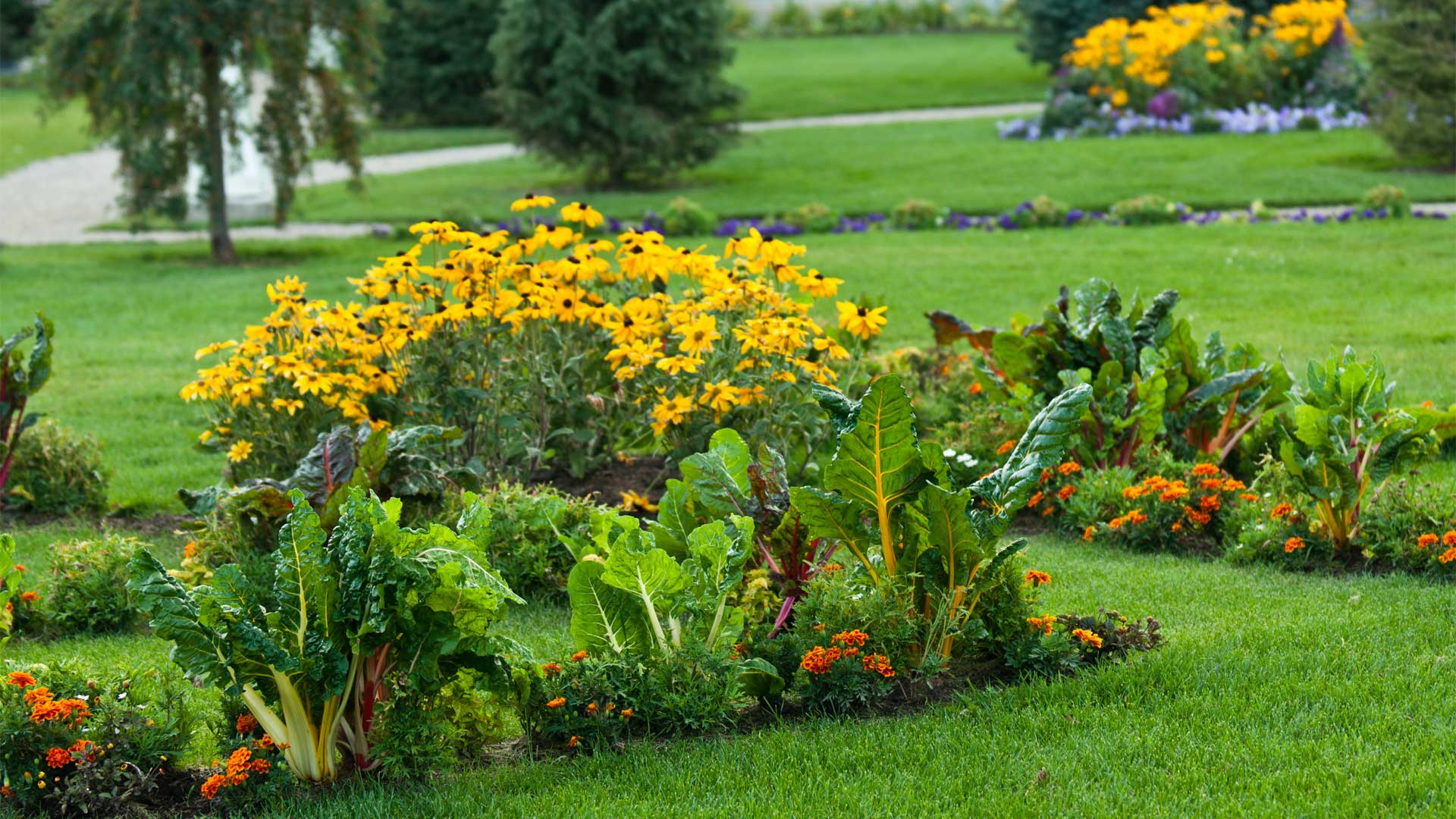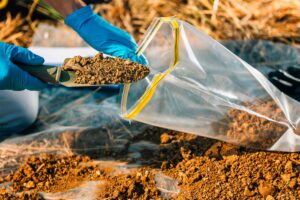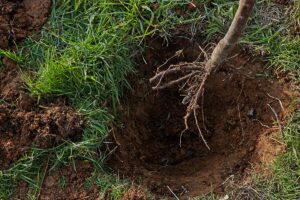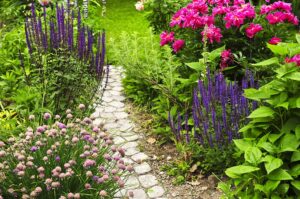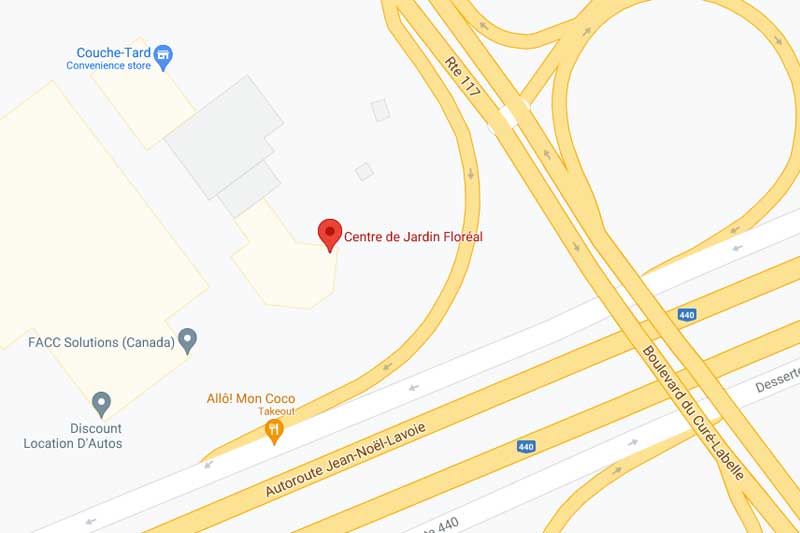When we think of flower beds or decorative beds for the home, we think of shrubs, perennials, annuals, but rarely do we think of vegetables, fruits and herbs. Traditionally, edible plants are made for the vegetable garden, which is more utilitarian than ornamental. However, not everyone has the space to grow both a front garden and a vegetable garden. In fact, who says you can’t mix both and create edible flower beds, that are as pleasing to the eyes as they are nutritious? Certainly not us!
Come to think of it, it’s true that many vegetable varieties have beautiful, colourful, textured leaves that have undeniable decorative appeal. And that’s without counting the plants that produce beautiful flowers that turn into beautiful vegetables or juicy fruits over time. Planting in rows as in traditional gardens is probably not the best choice for creating a beautiful aesthetic effect, but vegetables grow just as well in groups and some of them tolerate being planted closer together than labeled, such as lettuce.
What to plant in an edible flower bed?
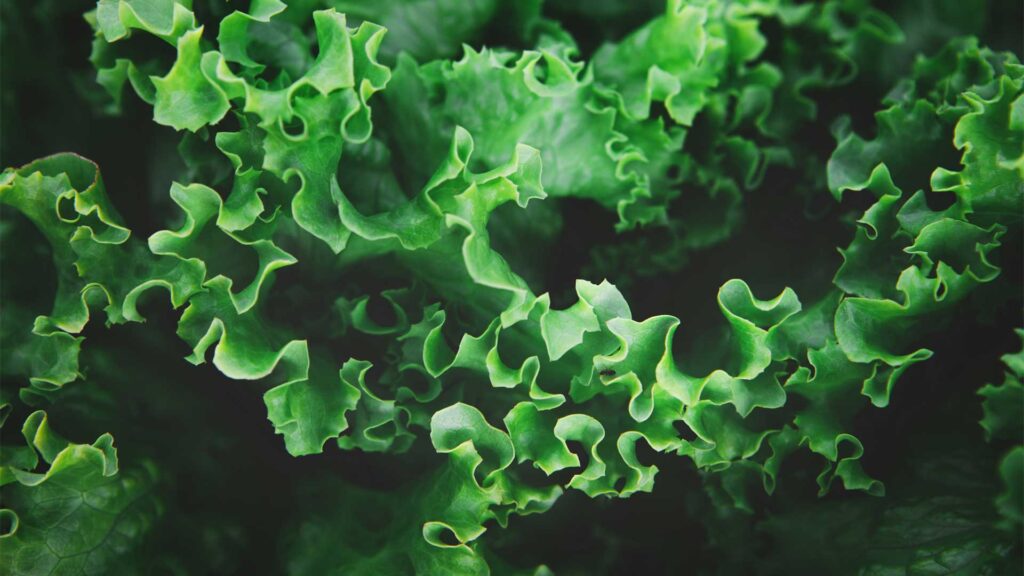
Lettuces
Many lettuces have colourful, textured leaves that look great in flower beds, but also in planters and decorative pots. Plant them close together for best visual effect, and harvest regularly. Lettuces can be sown exclusively right up to the end of the season and don’t suffer too much from the cold. You’ll have nice harvests well until fall.
The cabbage
Cabbages in all their forms have an undeniable aesthetic value. Think of ornamental cabbage and its lovely pinkish-mauve hue in autumn, but also kale, some cultivars of which offer well-textured leaves with truly magnificent green-blue or deep-green highlights. The leaves can be harvested all season long. And don’t overlook Brussels sprouts, which grow on the cob and can add a nice punch to your edible landscape.
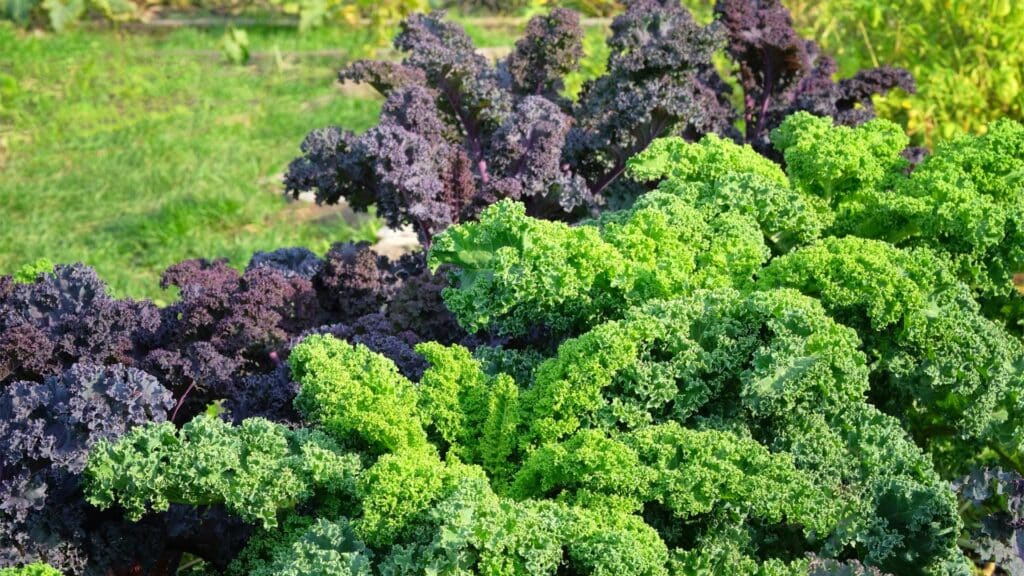
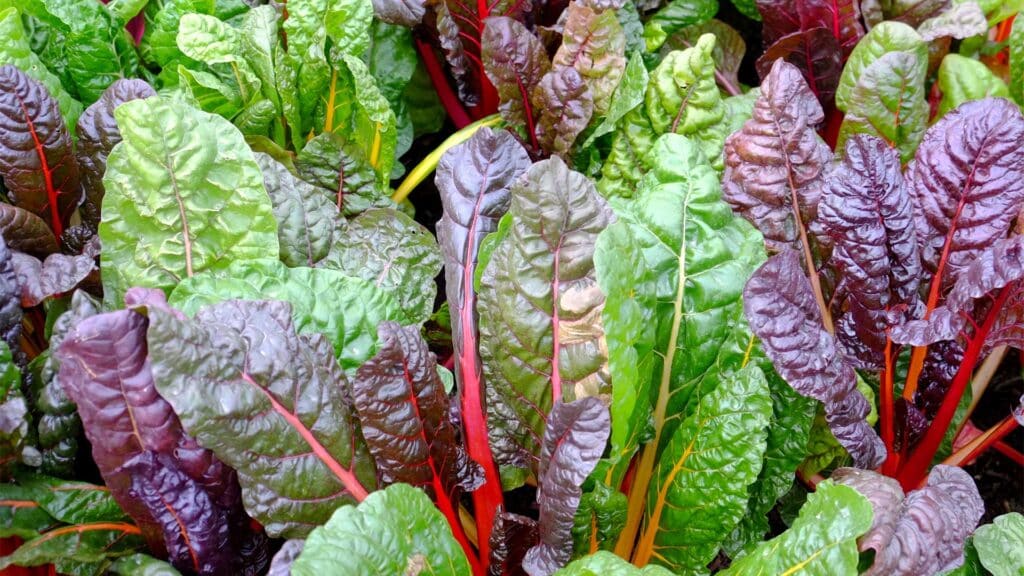
Swiss chard
Chard may be a little less known, but can be eaten whole – leaves and stems, raw or cooked. It is also very attractive, with its dark green leaves veined in different shades: pink, red, orange, yellow, purple or white. The veins are an extension of the stem, which has the same colouring. Swiss chards are as good as they look: a beautiful addition to any landscape.
Peppers
Hot peppers also have their place in flower beds and window boxes. Some products even produce fruit of different colours on the same plant. Yellow, orange, red, purple or white spots dot the drooping leaves. In some cases, the fruits almost completely cover the plant!
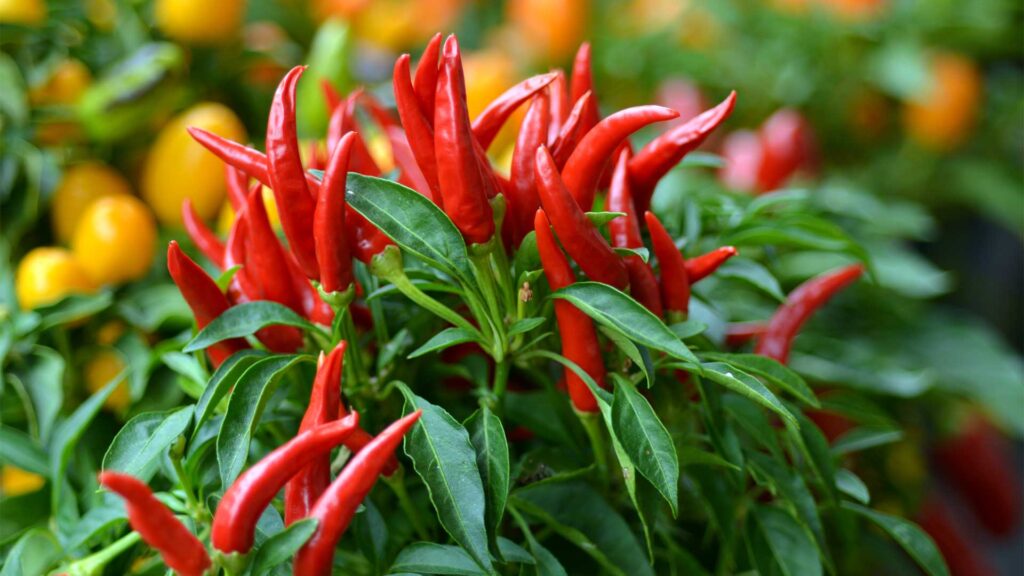
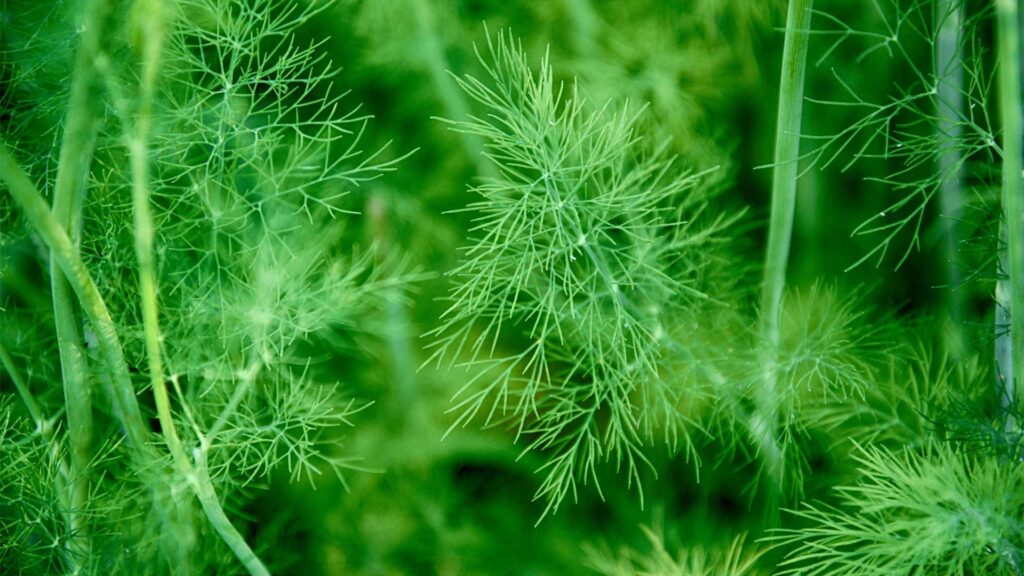
Herbs
Of course, herbs have a special place in front-of-house landscaping. Think of chives, which produce a beautiful mauve flower at the end of the stems, dill and its feathery leaves, or marjoram, which has a taste reminiscent of oregano, only milder, and produces little white or pink flowers. Of course, basil, parsley, thyme and rosemary can also add an interesting touch to your flower beds.
There’s no shortage of choice if you want to create a landscape that’s as aesthetically pleasing as tasty. Blueberries, for example, are beautiful all year round, but reach their peek in the fall when their leaves burst into flames. And that’s without mentioning edible flowers and those that already grace our flowerbeds as ornamental plants, but are delicious too, such as daylilies and monarda. The possibilities are almost endless – you just have to look beyond the limits you set for yourself!

